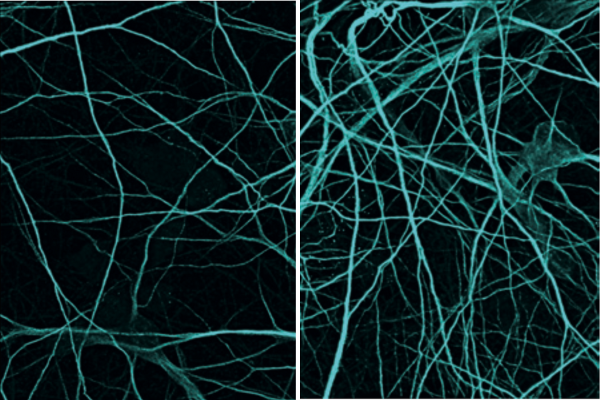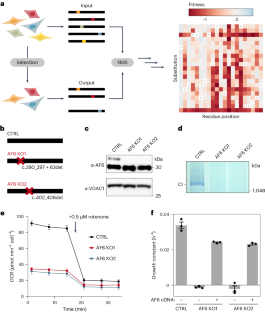2024-06-05 デューク大学(Duke)
<関連情報>
- https://pratt.duke.edu/news/silkworms-help-grow-better-organ-like-tissues-in-labs/
- https://www.science.org/doi/10.1126/sciadv.adn2689
ヒト腎臓チップの組織特異的形態形成とバリア機能を仲介する極薄膜 An ultrathin membrane mediates tissue-specific morphogenesis and barrier function in a human kidney chip
XINGRUI MOU, JESSICA SHAH, YASMIN ROYE, CAROLYN DU, AND SAMIRA MUSAH
Science Advances Published:5 Jun 2024
DOI:https://doi.org/10.1126/sciadv.adn2689

Abstract
Organ-on-chip (OOC) systems are revolutionizing tissue engineering by providing dynamic models of tissue structure, organ-level function, and disease phenotypes using human cells. However, nonbiological components of OOC devices often limit the recapitulation of in vivo–like tissue-tissue cross-talk and morphogenesis. Here, we engineered a kidney glomerulus-on-a-chip that recapitulates glomerular morphogenesis and barrier function using a biomimetic ultrathin membrane and human-induced pluripotent stem cells. The resulting chip comprised a proximate epithelial-endothelial tissue interface, which reconstituted the selective molecular filtration function of healthy and diseased kidneys. In addition, fenestrated endothelium was successfully induced from human pluripotent stem cells in an OOC device, through in vivo–like paracrine signaling across the ultrathin membrane. Thus, this device provides a dynamic tissue engineering platform for modeling human kidney–specific morphogenesis and function, enabling mechanistic studies of stem cell differentiation, organ physiology, and pathophysiology.


